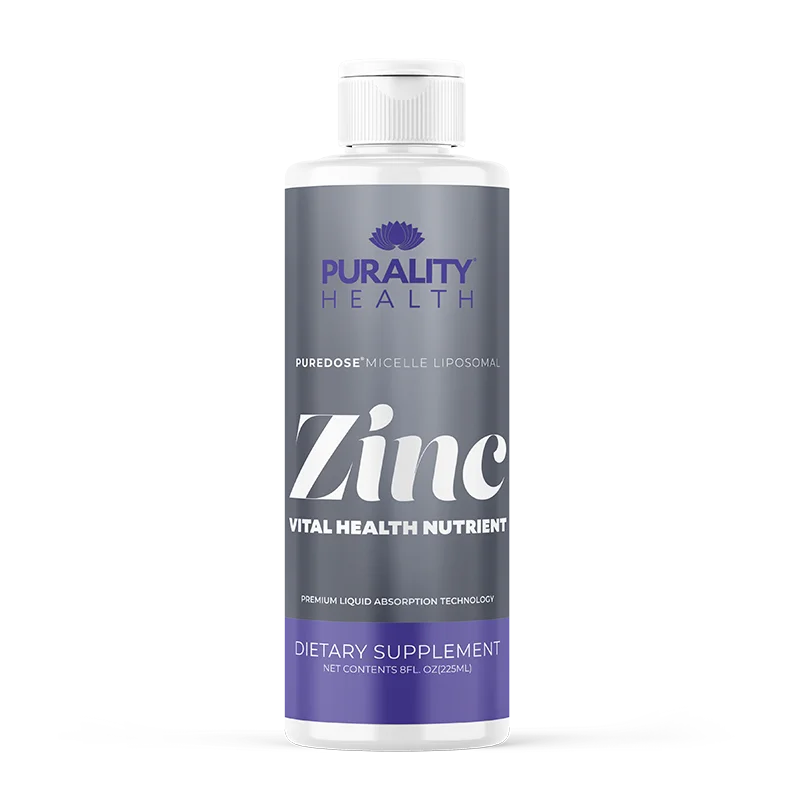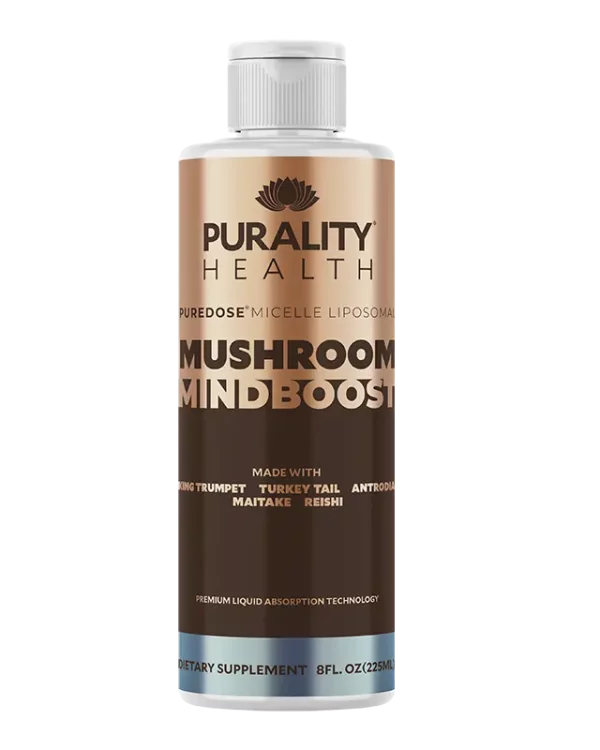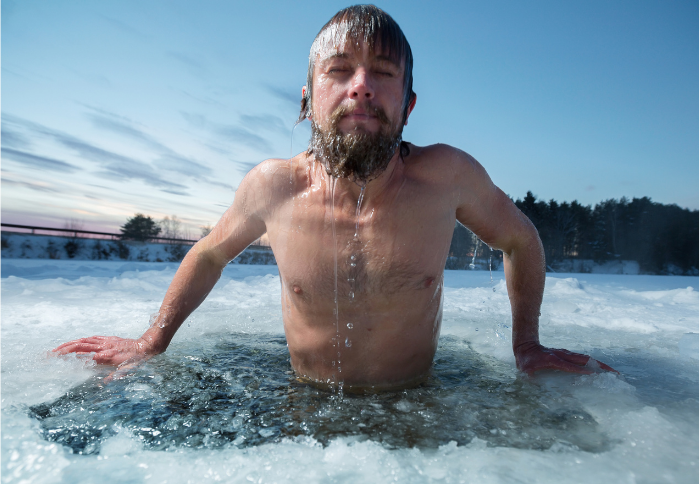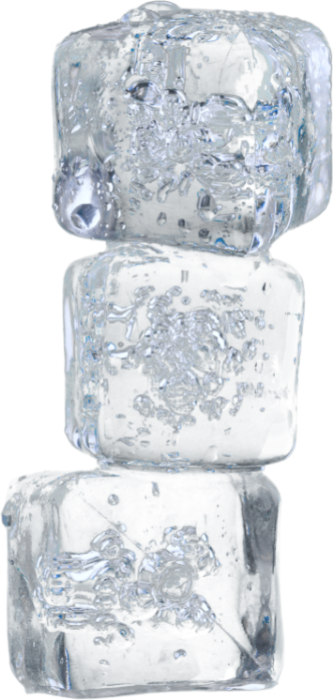Do Ice Baths Have Any Benefits?
You may have noticed athletes or fitness influencers jumping in bathtubs of ice or really cold water following a workout. You may have then wondered why on earth anyone would do such a thing.
For such an uncomfortable experience, it must come with some amazing benefits, right?
In today’s blog, we take a look at what experts are saying, potential benefits, as well as potential risks of taking ice baths.
What are ice baths?
Ice baths, also called cold water immersion (CWI) or cryotherapy, involves spending 10-15 minutes in a bathtub of very cold water (anywhere between 50-59°F), often including ice cubes.
Typically, these take place following a workout, with the belief that they will ease muscle soreness and help with recovery.
It’s been a known practice for decades, but the jury is still out on just how beneficial it actually is.
Current research
Athletes and fitness enthusiasts take ice baths following a workout with the belief that it’s serving their muscles. But there is some research that opposes this viewpoint.
For example, a 2017 study found that there may be no added benefits to an ice bath for muscle recovery when compared to regular cooldown exercises, such as 10 minutes of low-intensity on a stationary bike. [1]
Additionally, a 2019 study found that ice baths may actually hinder muscle recovery, inhibiting the synthesis of protein within the muscle. [2]
Despite this, some experts insist that this doesn’t fully discount ice baths, and that they may still have some benefits. More research is needed to find out just how ice baths influence workout recovery.
Potential benefits
Despite the two studies above, proponents of ice baths believe that they still hold some benefits. Keep in mind that many of these benefits are largely anecdotal.
Eases sore and aching muscles – ice baths may make the body feel good, providing relief to burning muscles, especially following a workout.
Helps the central nervous system – advocates for health baths claim that they may support the central nervous system by helping aid in sleep, reducing fatigue, and bolstering future workouts.
Limits the inflammatory response – some say the low temperatures may help lower the inflammatory response in the recovering muscles, reducing soreness and expediting recovery.
Decreases the effect of heat and humidity – an ice bath before a heated workout – for example, running in the summer sun – can help start the body off at a lower temperature and potentially increase performance.
Trains your vagus nerve – linked with the parasympathetic nervous system, training the vagus nerve may help the body face stressful situations better.
What are the risks of taking an ice bath?
For many people, what you need to consider the most when planning to take an ice bath is the discomfort from the cold temperature. For others, however, there are more serious risks of which you should be made aware.
If you have a pre-existing heart condition, cardiovascular issue, or high blood pressure it may be best to stick to warmer baths. The immersion into the cold can restrict blood vessels, slowing the flow of blood to the body. Doing so may put the heart at risk.
Those with diabetes should also avoid ice baths, as the body of a diabetic is already having difficulty regulating its core temperature.
A risk for anyone is hypothermia, especially if the bath is too cold or you’re submerged for too long.
Tips for taking an ice bath
If you’re curious to try this yourself after your next workout, make sure you tell someone you’re planning on doing so, preferably someone who is at home with you at the time, so that they can check in on you if it’s been too long.
On top of that, here are some tips to follow for your ice bath.
Get the right temperature – For a proper ice bath, temperatures should be between 50-59°F (10-15°C). If needed, work yourself down to these temperatures over a few sessions.
Don’t stay in too long – Staying in an ice bath for too long is not recommended. Go for a 10-15 minute dunk for best results.
Take it slow – For best results, you should immerse your whole body. But it’s understandably uncomfortable. Take your time if needed, starting with your feet, then your legs, and so on.
Use a thermometer – To ensure you’re getting the temperature right, so that you can actually get the benefits, use a thermometer. If it’s too warm, add ice or more cold water. If it’s too cold, add in some hot water. Remember, you want to be between 50-59°F (10-15°C).
Get the timing right – The sooner you get into an ice bath following a workout, the better. If you wait an hour or so, the muscles may have already started their recovery process, inflammation may be setting in, and the bath may be for naught.
Don’t do it too often – The research here is limited, but some experts advise that it’s best to take an ice bath occasionally, rather than daily. [3]
So, what do you think?
Well, have we convinced you to take a dunk in a bathtub full of cold water and ice cubes? Or will you stick with hot water and bubbles?
If you’re looking for a simple and effective way to recover from your workouts, we recommend curcumin.








